 Registration is underway now at El Camino College for six-week and eight-week summer sessions, which begin June 20.
Registration is underway now at El Camino College for six-week and eight-week summer sessions, which begin June 20.
At a time when some California community colleges have already cut summer sessions completely due to budget cuts, two sessions are available at El Camino College, featuring day and evening classes. Course offerings range from transferable general education classes to career technical education and basic skills classes. Online courses are also available.
Many students welcome the summer session as an opportunity to take needed classes in a relatively short period of time. In addition, a growing number of students like Morgan Andersen are enrolling in El Camino College summer courses to take advantage of the $26 per unit fees. A fee increase of $36 per unit begins Fall 2011.
“I registered for a Spanish class and a history class – I figured I could take care of two general ed classes at a lower price this summer, before the fall increases,” said Torrance resident Morgan Andersen, an ECC English major who plans to transfer to a university in Fall 2012.
“Last summer I took a math class. I like the summer session, I can take care of classes quickly and still have time to work and make vacation plans. I also liked how the class went at a faster pace. When you are there every day for two or three hours, you learn more material and it sticks with you.”
Students may register online at any time – just go to www.elcamino.edu and click on MyECC. Financial Aid is available for qualifying students. View the class schedule here.
El Camino College is located at 16007 Crenshaw Boulevard, near Torrance. For more information, go to www.elcamino.edu or call 1-866-ELCAMINO









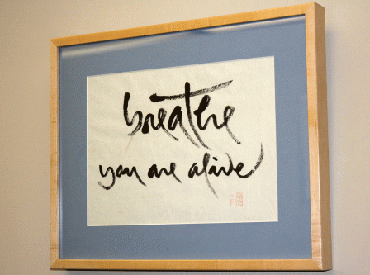 The gravelly squeak of a shopping cart’s wheels against the cracked sidewalks of Skid Row pierces the hot silence of a March day in Los Angeles. In the middle of the handful of streets called the epicenter of the Los Angeles homelessness epidemic, only a handful of cars pass by, and no pedestrians.
The gravelly squeak of a shopping cart’s wheels against the cracked sidewalks of Skid Row pierces the hot silence of a March day in Los Angeles. In the middle of the handful of streets called the epicenter of the Los Angeles homelessness epidemic, only a handful of cars pass by, and no pedestrians.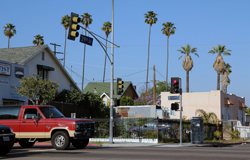
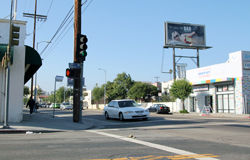

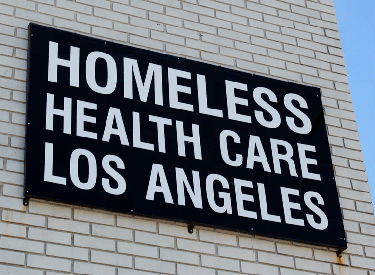 The clients who walk through the doors of Homeless Healthcare Los Angeles share many of the same stories: homeless, jobless, struggling with addictions, estranged from family or friends who could support them through addictions and medical crises.
The clients who walk through the doors of Homeless Healthcare Los Angeles share many of the same stories: homeless, jobless, struggling with addictions, estranged from family or friends who could support them through addictions and medical crises.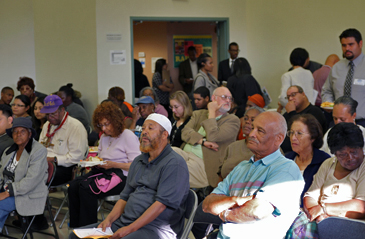

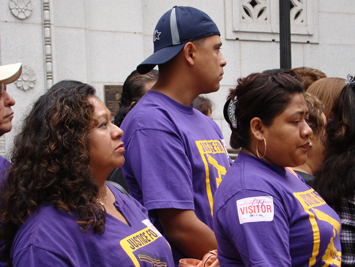

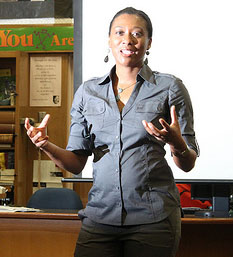 Bradford and 100 other educators from around the country will attend the 2011
Bradford and 100 other educators from around the country will attend the 2011 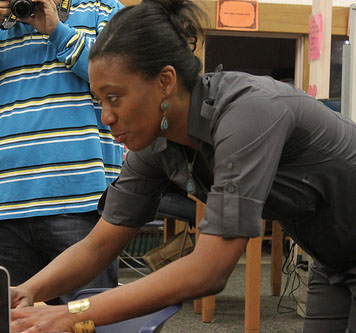 “The most important outcome was watching my students exemplify the following ISTE National Education Technology Standards for students,” said Bradford, “creativity and innovation, communication and collaboration, critical thinking, problem-solving and decision-making, and the use of technology effectively and productively. The program has been a resounding success at Crenshaw High School, Cal State Dominguez Hills and in the community.”
“The most important outcome was watching my students exemplify the following ISTE National Education Technology Standards for students,” said Bradford, “creativity and innovation, communication and collaboration, critical thinking, problem-solving and decision-making, and the use of technology effectively and productively. The program has been a resounding success at Crenshaw High School, Cal State Dominguez Hills and in the community.” 




